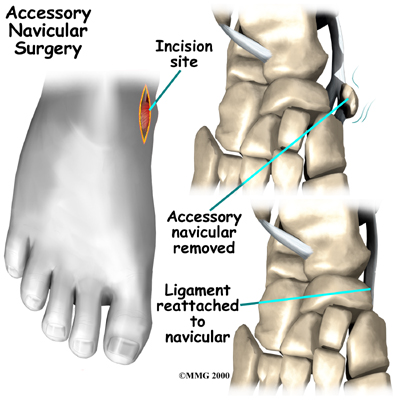What can be done for a painful accessory navicular?
The treatment for a symptomatic accessory navicular can be divided into nonsurgical treatment and surgical treatment. In the vast majority of cases, treatment usually begins with nonsurgical measures. Surgery usually is only considered when all nonsurgical measures have failed to control your problem and the pain becomes intolerable.
Non-surgical Rehabilitation
If the foot becomes painful following a twisting type of injury and an examination reveals the presence of an accessory navicular bone, we may recommend a period of immobilization in a cast or splint. This will rest the foot and perhaps allow the disruption between the navicular and accessory navicular to heal.
Our physiotherapist may recommend the use of an arch support to relieve the stress on the fragment and decrease the symptoms. If the pain subsides and the fragment becomes asymptomatic, further treatment may not be necessary.
Patients with a painful accessory navicular may benefit from more involved physiotherapy treatments. Your physiotherapist may design a series of stretching exercises to try and ease tension on the posterior tibial tendon. We may also recommend the a shoe insert, or orthotic, be used to support the arch and protect the sore area. This approach may allow you to resume normal walking immediately, but you should probably cut back on more vigorous activities for several weeks to allow the inflammation and pain to subside.
Our physiotherapist will apply direct treatments to the painful area to help control pain and swelling. Examples include ultrasound, moist heat, and soft-tissue massage. Our physiotherapy sessions sometimes also include iontophoresis, which uses a mild electrical current to push anti-inflammatory medicine, prescribed by your doctor, into the sore area.
At Eastwood Physiotherapy, our goal is to help speed your recovery so that you can more quickly return to your everyday activities. When your recovery is well under way, regular visits to our office will end. We will continue to be a resource, but you will be in charge of doing your exercises as part of an ongoing home program.
Post-surgical Rehabilitation
You may need to use crutches for several days after surgery. A physiotherapist can help you learn to properly use your crutches to avoid putting weight on your foot too soon. Your stitches will be removed about in 10 to 14 days (unless they are the absorbable type, which will not need to be taken out). You should be safe to be released to full activity in about six weeks.
Eastwood Physiotherapy provides services for physiotherapy in Edmonton.
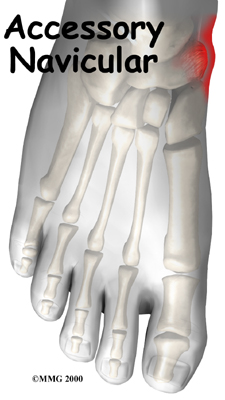


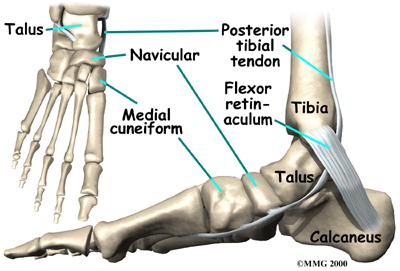
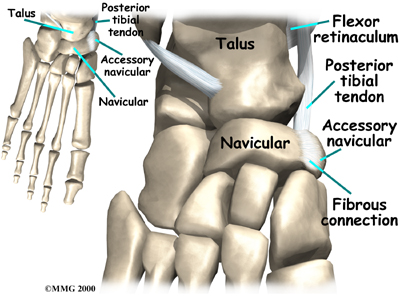
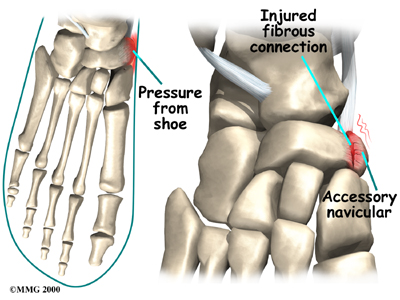 How does an accessory navicular cause problems?
How does an accessory navicular cause problems?